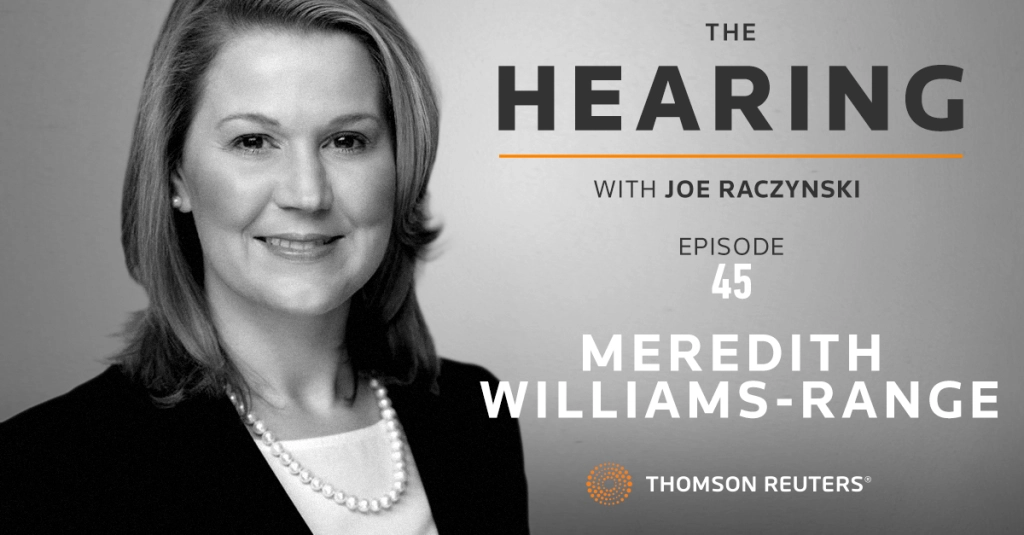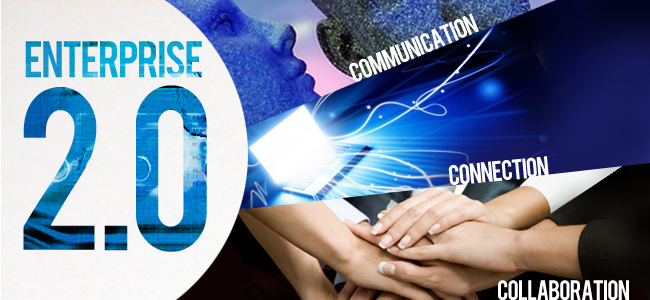Category: Knowledge Management
-

Podcast: The Hearing – Andy Wishart, CPO Agiloft
From the producer… This week, Joe takes a break from legal futurology and tries his hand at being a pub singer. We’re here for it. And so (much to his horror) is Andy Wishart – Chief Product Officer at Agiloft and all round technology guru. Joe and Andy discuss the beginnings of Contract Express, Andy’s…
-

Podcast: The Hearing – Meredith Williams-Range – Chief Knowledge and Client Value Officer at Shearman & Sterling
In this week’s episode, I am joined by the preeminent thought leader in legal tech, and Chief Knowledge and Client Value Officer at Shearman & Sterling, Meredith Williams-Range. Taking us on a journey from her small-town, rural upbringing just outside of Memphis (where you’ll find the absolute best BBQ) to the bright lights of New…
-

How medium-sized law firms can use legal tech to compete with the big industry players
Originally published in the Legal Insights UK & Ireland By Joseph Raczynski The familiar trio of ‘People, Process, and Technology’ play a role in every business. However, as medium-sized law firms increasingly compete for the same pool of clients with large law, it is the ‘Process and Technology’ that are shifting, and levelling the playing field.…
-

Improve Information Flow with Enterprise 2.0
By Joseph Raczynski Jessica Shawl – Intel Corporation Paul Domnick – Freshfields Bruckhaus Deringer LLP Enterprise 2.0, collaborative based applications, solve inefficiencies caused by the inability to locate accurate information. This session at ILTA discussed why intranets do not suffice, single silo search is dying, and what is necessary to advance the firm’s productivity. Across…

